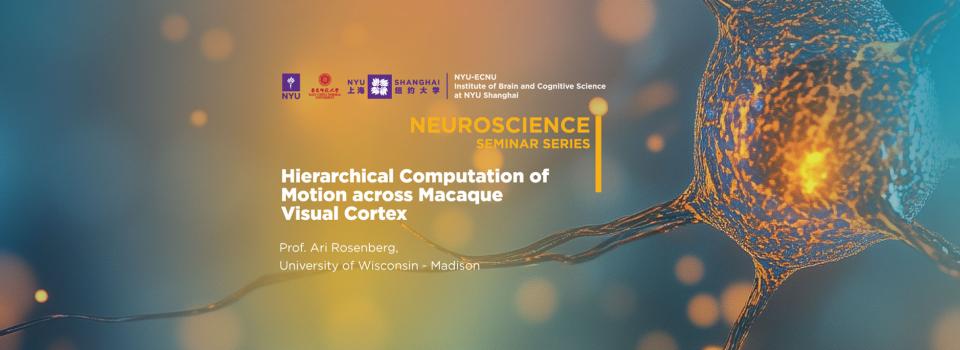
Host: Prof. Aihua Chen, East China Normal University
Abstract
In this talk, I will present recent findings which reveal distinct roles for two hierarchically connected regions of the macaque visual cortex, the middle temporal area (MT) and its downstream target the fundus of the superior temporal sulcus (FST), in motion processing. While MT is known to process retinal motion, its role in representing ecologically relevant three-dimensional (3D) motion has remained debated. The role of FST in motion processing has remained challenging to discern. By pairing behavioral, electrophysiological, and causal manipulation experiments with computational modeling, the work I will present shows how an ecologically relevant representation of 3D motion is hierarchically computed across these brain areas.
Biography
Dr. Rosenberg received his PhD from the University of Chicago, where his work with Naoum Issa revealed nonlinear coding strategies used to efficiently encode complex visual patterns. As a postdoc with Dora Angelaki, he discovered neural mechanisms supporting perceptual stability of the world through multisensory processing and formalized a hypothesis connecting autism to alterations in canonical neural computations. He is now an Associate Professor of Neuroscience and Director of the Neuroscience Training Program at the University of Wisconsin–Madison. Projects in his lab explore the neural basis of 3D visual perception and the neurocomputational underpinnings of autism. He is a recipient of the Sloan Fellowship, Shaw Scientist Award, and Vilas Associate Award.


